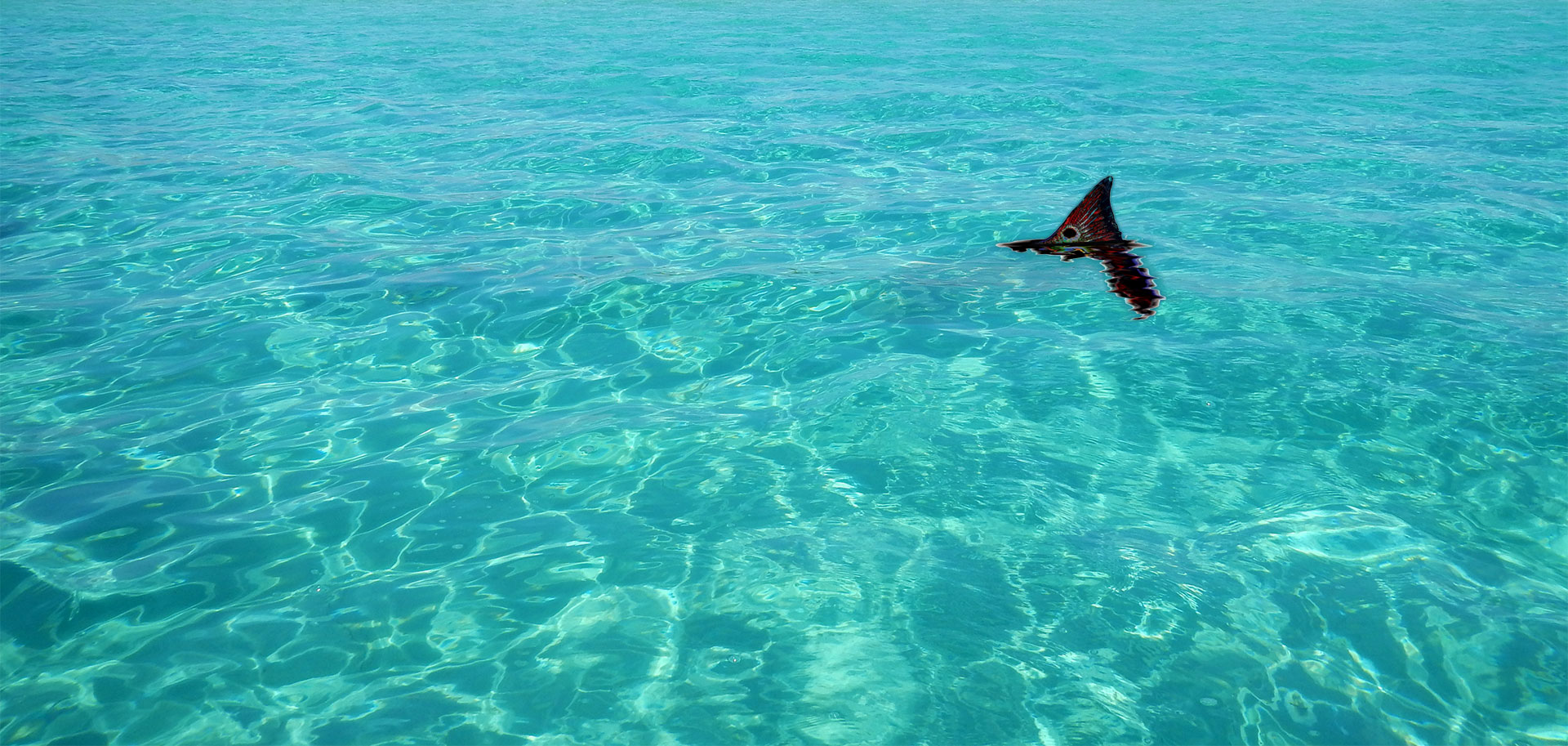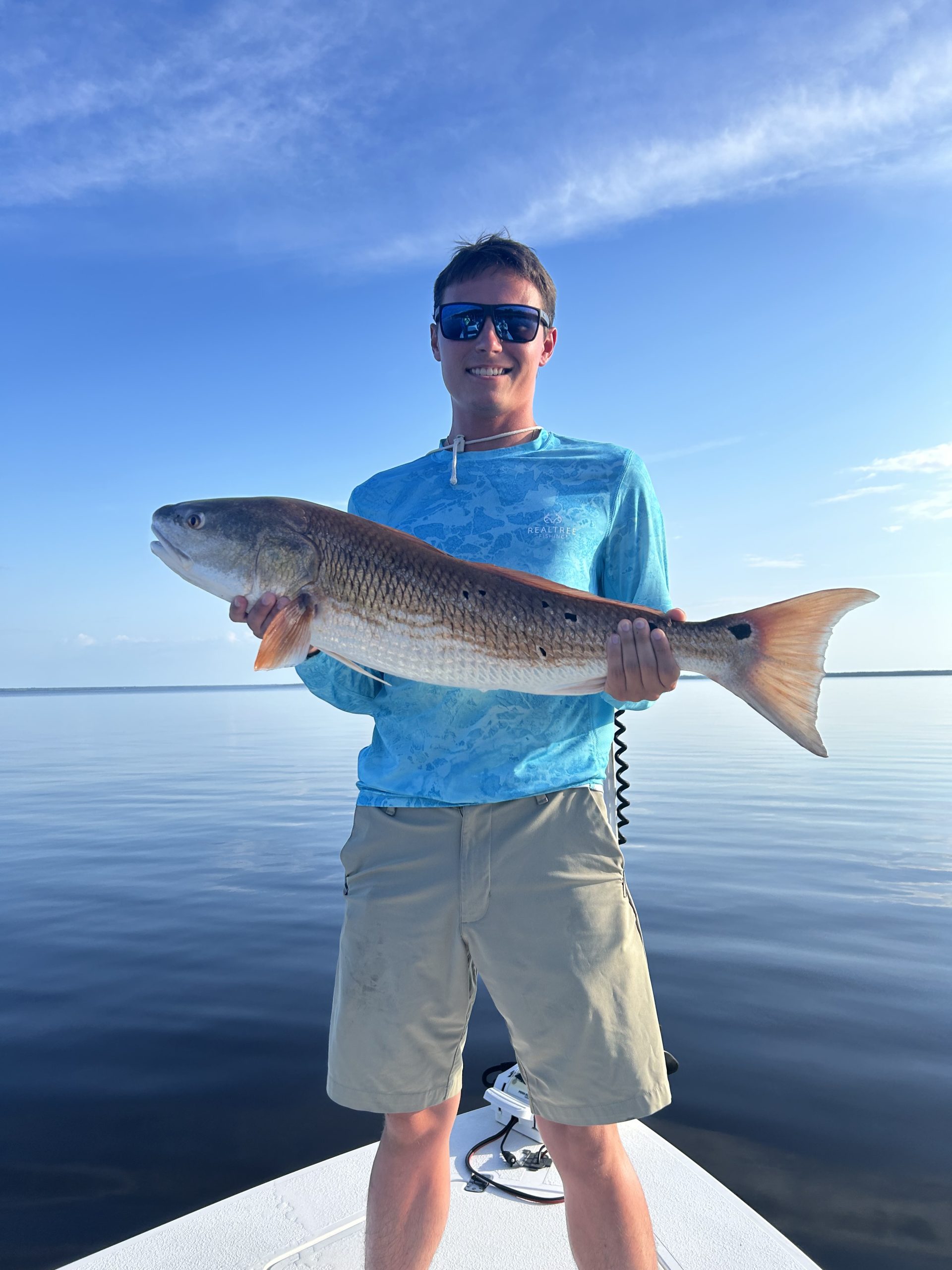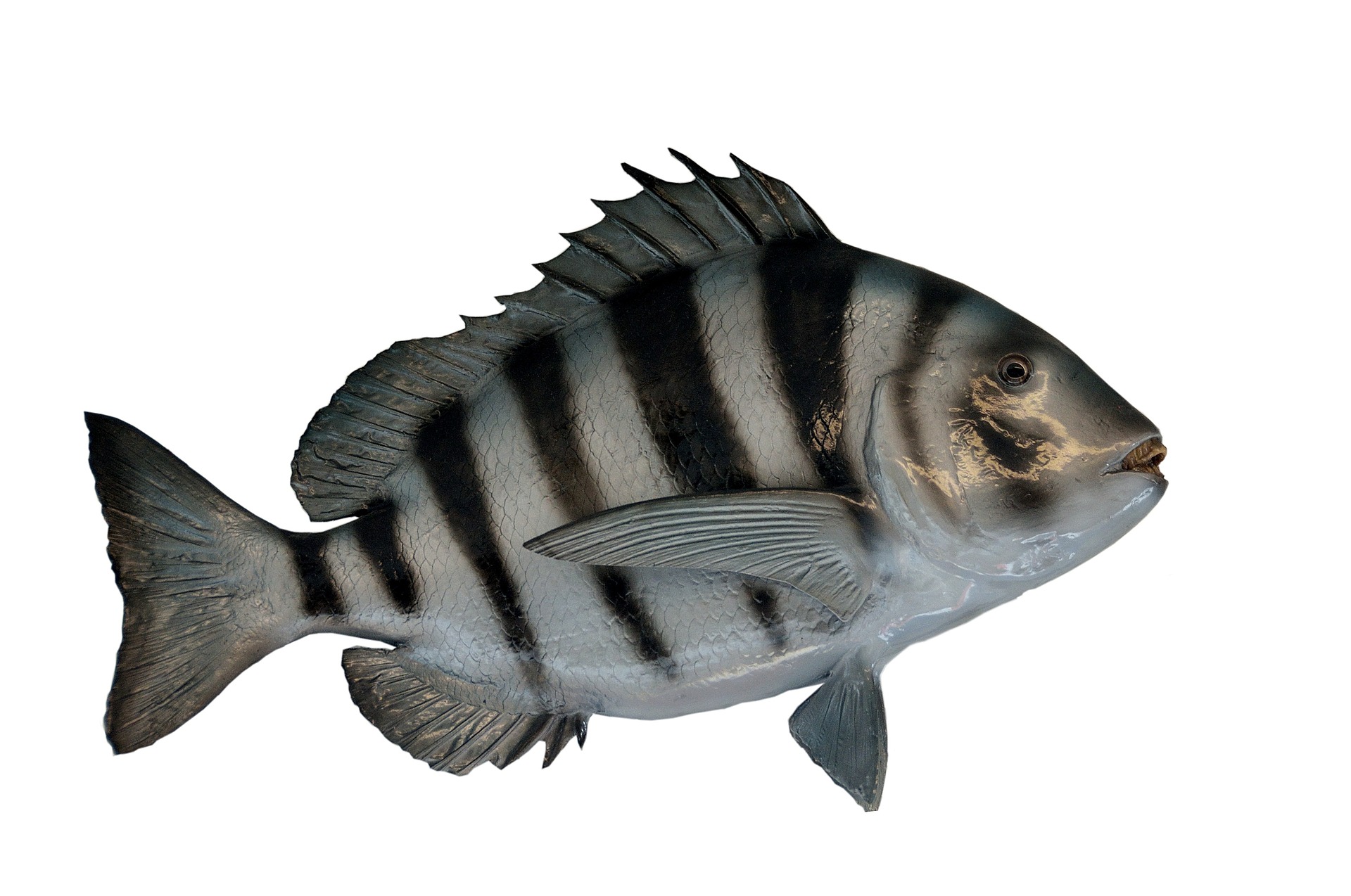
Everything That You Need to Know about Sea Sickness
While fishing trips are undeniably fun, seasickness can be a pain to deal with. Indeed, seasickness can end up ruining what would have been an enjoyable day out on the seas. This is why we thought it would be useful to put together a brief article about this subject.
If you want to learn more about seasickness, read on as we break down everything that you need to know about seasickness.
What Is Sea Sickness?
Seasickness, also called motion sickness or kinetosis, is a condition that is caused by repeated motion, such as from the rolling of waves on a ship. It is a type of nausea and can also cause vomiting.
There are many ways to prevent sea sickness, including taking medication, eating ginger, or wearing acupressure wristbands. Some people may be more susceptible to seasickness than others.
Symptoms of sea sickness can include nausea, vomiting, cold sweats, headache, and dizziness. If you experience any of these symptoms, it is important to seek medical help, as sea sickness can be dangerous.
What Causes Sea Sickness?
The cause of seasickness is not fully understood, but it is thought to be related to the movement of the boat or ship and the changes in the environment (such as the waves and the wind). Some people are more susceptible to seasickness than others. It is more common in children and young adults, and women are more likely to experience it than men.
There are many different factors that can cause sea sickness. Some of the most common include:
- Motion: The rocking motion of a boat can trigger nausea and vomiting.
- Visual Cues: Seeing the horizon move can also cause sea sickness.
- Inner Ear Problems: An imbalance in the inner ear can lead to sea sickness.
- Anxiety: People who are anxious or have a fear of heights may be more prone to sea sickness.
How Do You Deal with Sea Sickness?
There are a number of things that you can do to help prevent seasickness or to help relieve the symptoms if you do get sick:
1. Get plenty of rest before your trip. This will help your body to adjust to the motion of the boat or ship.
2. Eat light meals before and during your trip. Avoid fatty or spicy foods, as these can trigger sea sickness.
3. Drink plenty of fluids, especially water. This will help to prevent dehydration, which can make the symptoms of sea sickness worse.
4. Avoid alcohol. Drinking alcohol can aggravate sea sickness symptoms.
5. Stay in the fresh air. If you are on a boat or ship, go outside on the deck and breathe in the fresh air. If you are in a car, open the windows to get some fresh air.
6. Focus on something else. If you are feeling nauseous, try to focus on something else, such as reading a book or talking to someone.
7. Take medication. If the symptoms of seasickness are severe, your doctor may prescribe medication to help relieve the symptoms.
If you are prone to seasickness or if you are taking medication for another condition, be sure to talk to your doctor before you travel.
Conclusion
Hopefully, this article has helped you better understand what seasickness is and how to best deal with it. While it may seem like a serious problem at first, the information that we’ve laid out here should make things easier for you. Be sure to keep everything you’ve learned here in mind before you hit the seas.
Are you looking for Navarre fishing charters? We at Showintail Inshore Charters offer many different fishing charters in Navarre Beach. For more information on what we can do for you, visit our website today!






No Comments
Sorry, the comment form is closed at this time.